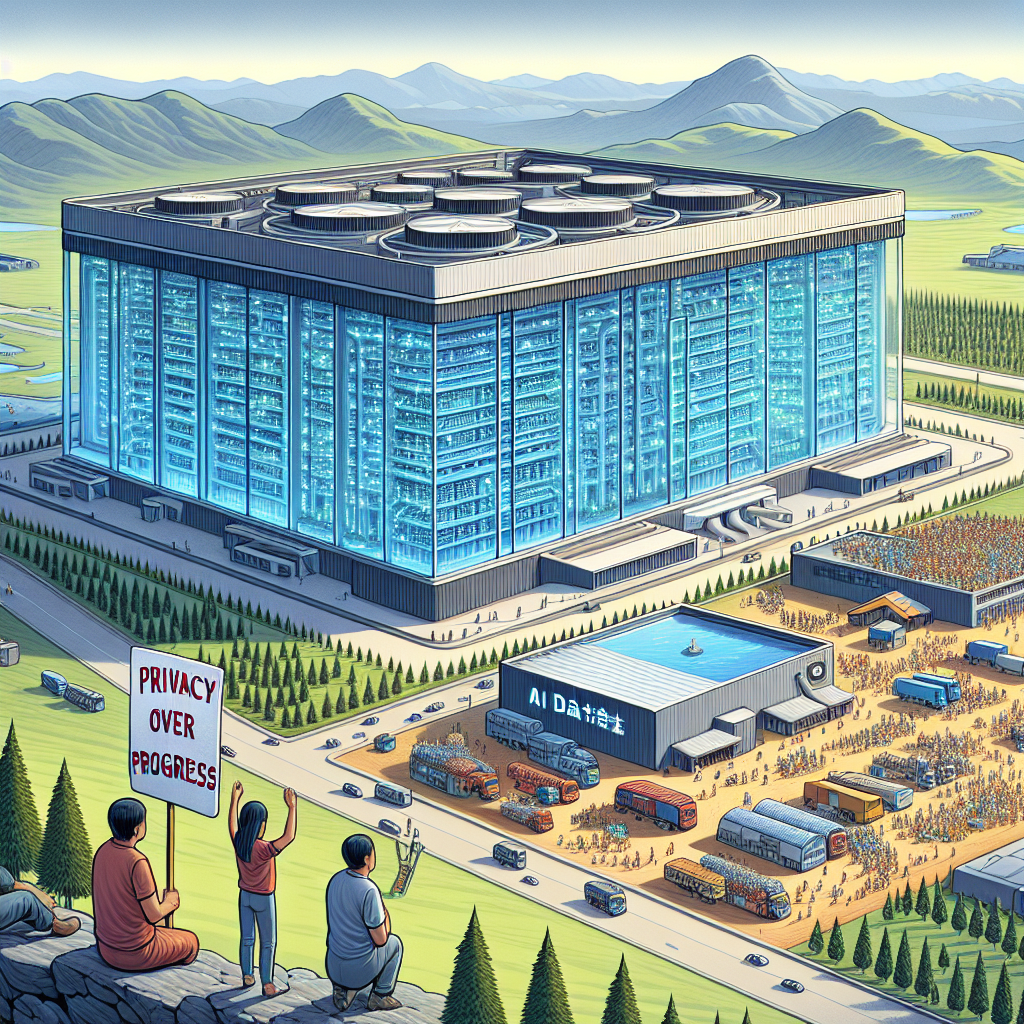AI Data Centers: Balancing Economy and Intrusion
Picture a small picturesque town in the Midwest, where time seemed to move a bit slower. In recent years, this serene community became the unlikely host of a behemoth—the construction of a vast AI data center. What was once a patch of farmland transformed into a massive hub of technology, sparking debate among locals torn between potential economic prosperity and the intrusion into their tranquil lives.
The Economic Promise of AI Data Centers
AI data centers are not just colossal structures; they represent significant economic opportunities for the communities that host them. Locating one in a town can herald a boom in local employment and economic activity. The construction phase alone employs hundreds, even thousands, of workers. These centers boast advanced technology and infrastructure, leading to investment in local utilities and transportation.
- Increased employment opportunities
- Significant investment in local infrastructure
- Potential for future growth and development in technology sectors
These facilities often generate a ripple effect, attracting ancillary businesses, from restaurants and retail outlets to tech firms looking to capitalize on the newly available resources and talent pools.
Community Concerns: The Intrusion of AI Giants
Despite the economic incentives, the presence of AI data centers is not universally welcomed. For many residents, these giants stand as imposing symbols of industrial intrusion. The serene ambiance of towns gives way to the constant hum of machinery. Moreover, such centers demand considerable energy and water resources, raising environmental concerns.
- Change in local landscape and environment
- Increased demand on local utilities, notably water and power
- Potential disruptions to local wildlife and ecosystems
Some community members voice concerns over data privacy and security, fearing how collected data might be used, even though these centers are often more focused on data processing than personal data collection.
Finding the Middle Ground
The dichotomy between economic benefits and community intrusion underscores the need for a balanced approach. Engaging local communities in open dialogues can foster understanding and preempt potential conflicts. Collaborations can ensure that developments align with both economic goals and community needs.
Furthermore, technological advancements can play a role in mitigating some of these concerns. Innovations in green technology can reduce the carbon footprint of these centers, addressing environmental issues. Transparent policies can alleviate privacy concerns, reassuring communities of data security.
Conclusion
As we stand on the precipice of the AI revolution, how we choose to implement these technologies will define our future interactions with them. AI data centers offer a complex blend of opportunities and challenges, leaving communities like our Midwestern town to decide: Do the economic benefits outweigh the price of intrusion?
For more information on AI technology’s impact on local economies, check out this CBS News report.

